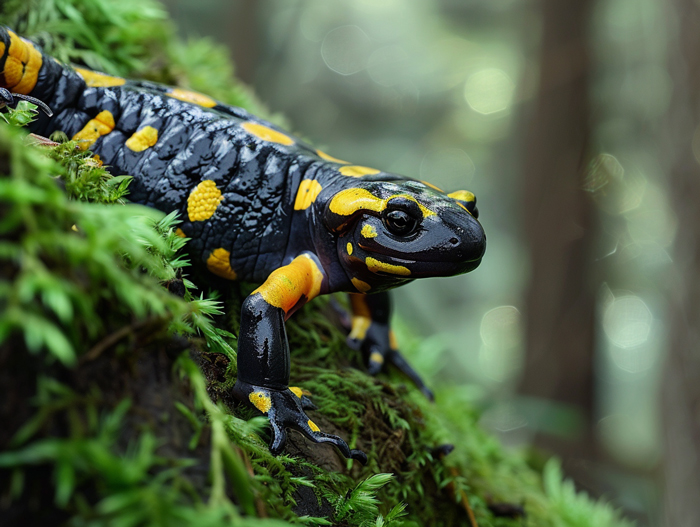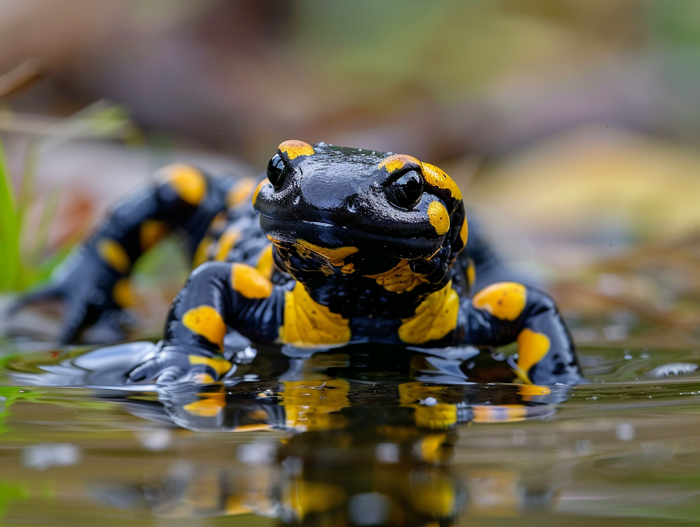Are salamanders endangered species? You might be surprised to learn about the conservation status of these fascinating creatures. With their unique characteristics and importance in ecosystems, it’s crucial to understand the threats they face in the wild. In this text, we’ll investigate into the world of salamanders and explore whether they are at risk of becoming endangered.
Salamanders play a vital role in maintaining ecological balance, but factors such as habitat loss and climate change pose significant challenges to their survival. By examining the current status of salamander populations, we can gain insight into the efforts being made to protect these species. Join us as we uncover the truth about the conservation status of salamanders and what can be done to ensure their continued existence in the wild.
Key Takeaways
- Salamanders are essential for ecosystem balance due to their role as predators and indicators of environmental health.
- Threats such as habitat loss, pollution, and climate change jeopardize salamander populations.
- Conservation efforts focus on habitat restoration, legal protections, and pollution control to safeguard these species.
- Understanding the significance of salamanders in biodiversity is crucial for advocating conservation actions.
Overview of Salamanders

Salamanders, amphibians with slender bodies and long tails, play an essential role in ecosystems worldwide. Here’s an insightful look at these fascinating creatures:
- Habitat: Found in diverse environments, from moist forests to underground burrows.
- Characteristics: Known for their smooth, moist skin and ability to regenerate lost limbs.
- Diet: Feeding on insects, worms, and small invertebrates.
- Reproduction: Many species lay eggs in water, while others give birth to fully formed young.
- Importance: Serve as indicators of environmental health due to their sensitivity to habitat changes.
These unique creatures face numerous threats, with many species classified as endangered or vulnerable. Understanding the significance of salamanders in our ecosystem is crucial for their conservation and the preservation of biodiversity.
Importance of Salamanders in Ecosystem
Salamanders play a crucial role in maintaining ecosystem balance. Let’s investigate into two key aspects of their significance.

Role in Food Chain
- Salamanders are predators that feed on insects, worms, and small invertebrates, helping control their populations.
- By regulating prey levels, salamanders prevent any one species from dominating, so supporting biodiversity within the ecosystem.
- These creatures serve as indicators of ecosystem health, reflecting changes in environmental conditions.
- Diverse salamander species offer genetic variation, enhancing the overall resilience of ecosystems.
Threats to Salamander Populations

Habitat Loss
– Deforestation:
- Clearing of forests removes salamanders’ homes.
– Urbanization:
- Development encroaches on their habitats, leading to displacement.
Pollution
- Chemical runoff harms salamanders in streams and ponds.
– Air Pollution:
- Toxins in the air affect their respiratory systems.
By understanding these threats, you can advocate for conservation efforts to protect salamander populations.
Conservation Efforts to Protect Salamanders

Habitat Restoration Projects
- Habitat destruction poses a significant threat to salamander populations.
- Restoration efforts focus on recreating suitable habitats for these amphibians.
- Replanting native vegetation and eliminating invasive species are common practices.
- Creating breeding ponds and protecting wetland areas are crucial initiatives.
- Legal frameworks play a vital role in safeguarding salamanders.
- Protected areas designate regions crucial for salamander survival.
- Regulations on pollution control help maintain water and air quality.
- Environmental impact assessments ensure development projects consider salamander habitats.
These efforts are essential to ensure the survival of salamander species in the face of increasing threats.
Conclusion
Protecting salamanders is vital for maintaining biodiversity and ecosystem balance. Conservation initiatives, such as habitat restoration and legal protections, are crucial in safeguarding these unique species. By implementing strategies to mitigate threats and preserve their habitats, we can contribute to the long-term survival of salamanders. It’s essential to continue supporting conservation efforts and raising awareness about the importance of these amphibians in our environment. Together, we can make a difference in ensuring a sustainable future for salamanders and the ecosystems they inhabit.

Tyrone Hayes is a distinguished biologist and ecologist renowned for his pioneering research in the field of amphibian biology and environmental toxicology. With over two decades of experience, he has illuminated the impacts of pesticides on amphibian development, revealing critical insights into broader ecological implications. Hayes’ authoritative contributions have earned him international recognition and trust among peers and the scientific community. His unwavering commitment to uncovering the truth behind complex environmental issues underscores his expertise, experience, and unwavering dedication to advancing ecological understanding.
